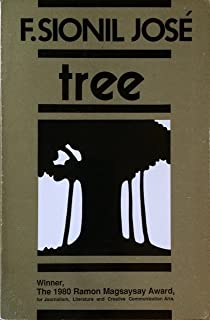The Music Of The Primes by Marcus du Sautoy is not a book for the faint-hearted. The author may be a populariser of mathematics, but certainly in this book there is plenty of substance that would maintain the interest of the specialist and also enough technicality to cause the general reader to pause. The book is a brilliant piece of work, however, so all must resist any temptation to skip. The Music Of The Primes is a glittering account, superbly paced, of an unfinished story.
From the very first page it demands to be read, so much so that like me you will probably finish it in two sittings at most.
Marcus du Sautoy regularly refers to prime numbers as the atoms of our number system. I have some reservations with this metaphor, but I was willing to live with it. For the uninitiated, a prime number has just two factors, one and itself. It cannot be exactly divided by anything else. The list begins 2, 3, 5, 7, 11, 13 and continues ad infinitum. The sieve of Eratosthenes established that fact a couple of thousand years ago. But, despite many lifetimes of trying, we have never successfully been able to predict whether a particular number would be prime, or conversely, exactly where the next prime number might be. They seem to be distributed randomly throughout our number system, all odd except for that initial 2, the odd-one-out pair that spoils it for every other even.
The Music Of The Primes relates how mathematicians have closed in on the mystery of how these numbers occur without, as yet, managing to crack the complete code. Marcus du Sautoy describes some of the great contributions to the understanding of prime numbers. The names Fermat, Gauss and Euler figure regularly. But it is the great name of Riemann that emerges as the lynchpin of this story, his Conjecture being the unsolved problem that currently occupies many a brain, the one million dollars in prize money offered for its solution oiling the machinations.
Riemann turned the search for prime numbers on its head when he used complex numbers to reposition the problem. Complex numbers, by the way, are at least in part imaginary and, though they don’t exist, no self-supporting bridge would stand up without them. His now famous Conjecture was that evidence of the existence of prime numbers would line up in a predictable way in a four-dimensional space created when one two-dimensional complex number was plotted against another, the latter being the solution to a particular power series called a zeta function equated to zero. His problem was that he couldn’t prove that things lined up in precisely the way he predicted. He had strong hunches that he was right, but, lacking proof, a conjecture is what it remained. And people have been trying to prove it for a century and a half.
Prime numbers are now big business, of course. Public-private key encryption now oils the wheels of internet commerce and the security it offers is based on the possession of quite huge, quite astronomically large prime numbers. Find a few new ones and you could make a very good living. If you want to taste the complexity of the task, then spend no more than five minutes finding the two tree-digit factors of 8051. Imagine then the work involved in identifying two 200 digit prime numbers that combine to a Rivest, Shamir and Adelman security key. Reading this superb book will provide further insight.
It will also illustrate very well the value of pure research conducted by specialist academics.
When the accountants complain that programmes have no apparent immediate application, it is worth remembering how advances in human knowledge made over two hundred years ago are only just finding wide application in fields completely unenvisaged by their inventors. Without the knowledge they developed in their apparent vacuum, of course, the modern-day application may never have been conceived. Just imagine where the human race might be two centuries from now if Kurt Gödel’s ideas have become the basis for all mathematics. Read this book and then imagine.










